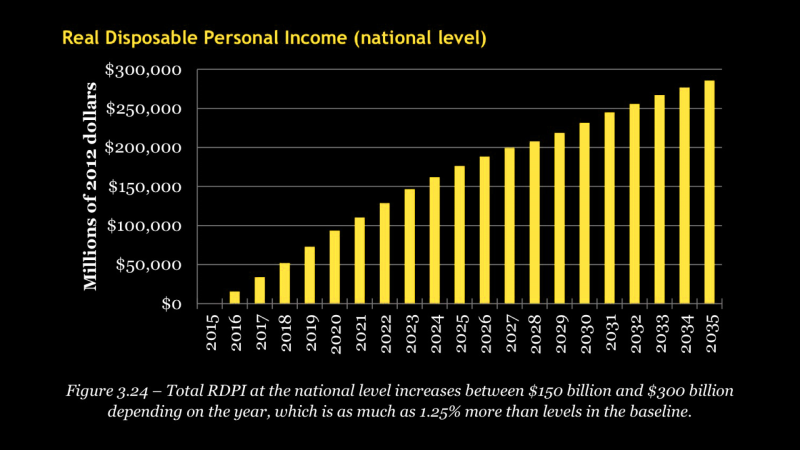[ The Note for June 2014 ]
The transition to a clean energy economy requires a number of significant changes to the status quo. Most central to motivating the transition is the project of revealing the hidden costs associated with how we get energy from carbon-based fuels. As it stands, the whole of civilization and a vast web of natural systems are financing the business model that makes lots of money for a few people and provides us with what appears, due to pervasive market distortions, to be cheap energy. The market fails in this way, because costs remain hidden from view. Consumers, businesses, investors and public policy planners cannot make appropriate decisions about cost efficiency, because they cannot see the costs in dollar amounts.
In other words: we are paying costs we can’t see and we think we are getting value which, in fact, we are not. Even if we don’t quantify the exact number value of those hidden costs, we can now show how economic opportunity costs, which stem from this rigged market, deprive households and the Main Street economy of economic leverage they would otherwise have.
An independent tax policy analysis conducted by Regional Economic Models, Inc., released on June 9, shows putting a steadily increasing price on carbon-emitting fuels will spur economic growth and more robust investment in the Main Street economy.
REMI’s modeling study used three of the most tested, trusted models to analyze 160 industry types across the nine Census regions and the whole of the United States. That analysis found that a revenue-neutral carbon fee with 100% dividend to households would lead to increased economic growth of $70-85 billion per year, over and above the baseline, 2.1 million net new jobs after 10 years, 2.8 million after 20, and emissions reductions of 31% below 1990 levels by 2025 and 50% below 1990 levels by 2035. These numbers mean we would be steadily on track to meet science-driven emissions reduction targets of 90% below 1990 levels, by 2050. Those are the levels we know we need to achieve to build a climate-smart economy. Now, we know we can do it without slowing down the economy or putting local businesses and American families under burdensome new economic pressures.
Significantly, the study shows real disposable personal income (RDPI), for most people, declines in the baseline. If we do nothing, the average person will have relatively less disposable income, as against rising costs of living. The overall share of income going to employment will decline. But, in the alternative scenario, where the Carbon Fee and 100% Dividend is in effect, RDPI goes up, along with the labor share of income. (The economy becomes more efficient at generating personal wealth for the average person.)

The result of a Fee and Dividend plan is that, across 160 sectors, more income flows to more people, and the Main Street economy sees the wealth flowing through it increase. Robust job creation does not only happen in renewable energy and related businesses. The Fee and Dividend economy shows robust job growth in healthcare, retail and food services. This means the marketplace is the engine of the transition, and consumer market dynamics carry the signal that moves investors to transition away from costly carbon-emitting fuels.
After 20 years, the Fee and Dividend economy will generate more than $1.3 trillion in added overall economic activity. That means inaction will deprive us of $1.3 trillion in GDP that will not happen without Fee and Dividend. In summary, inaction ensures hidden costs continue to fall on households and the Main Street economy; action to price carbon responsibly ensures new value flows through households and the Main Street economy, making the real market for energy healthier, empowering people and small businesses.



Reblogged this on Thriving Climate.
LikeLike